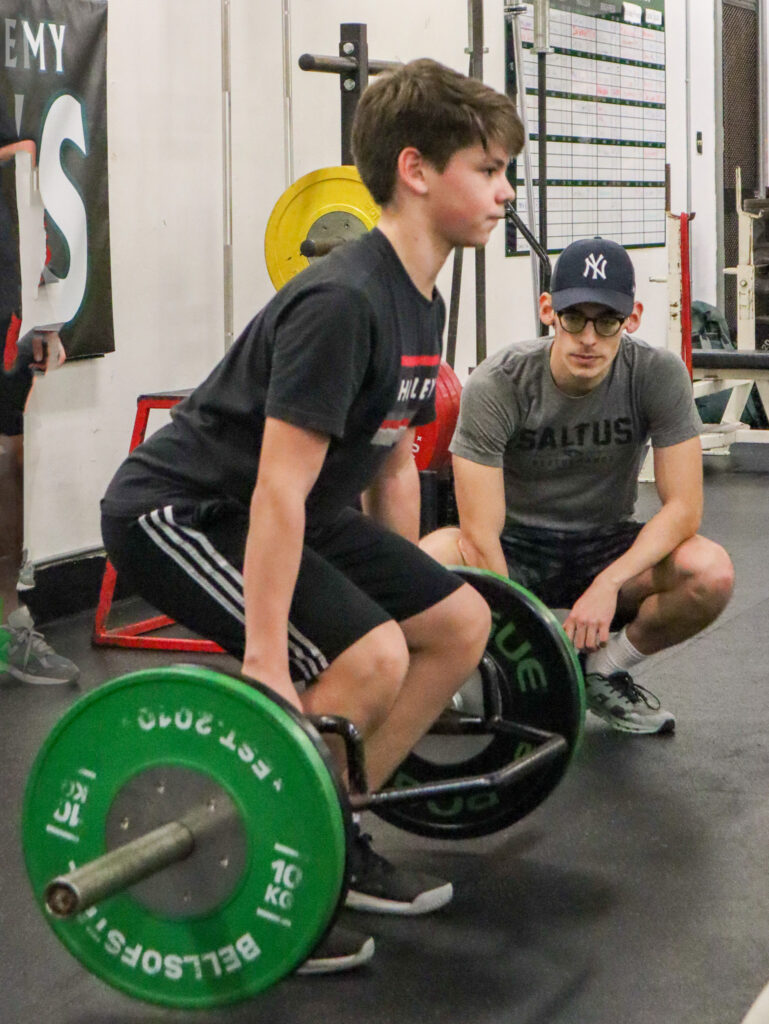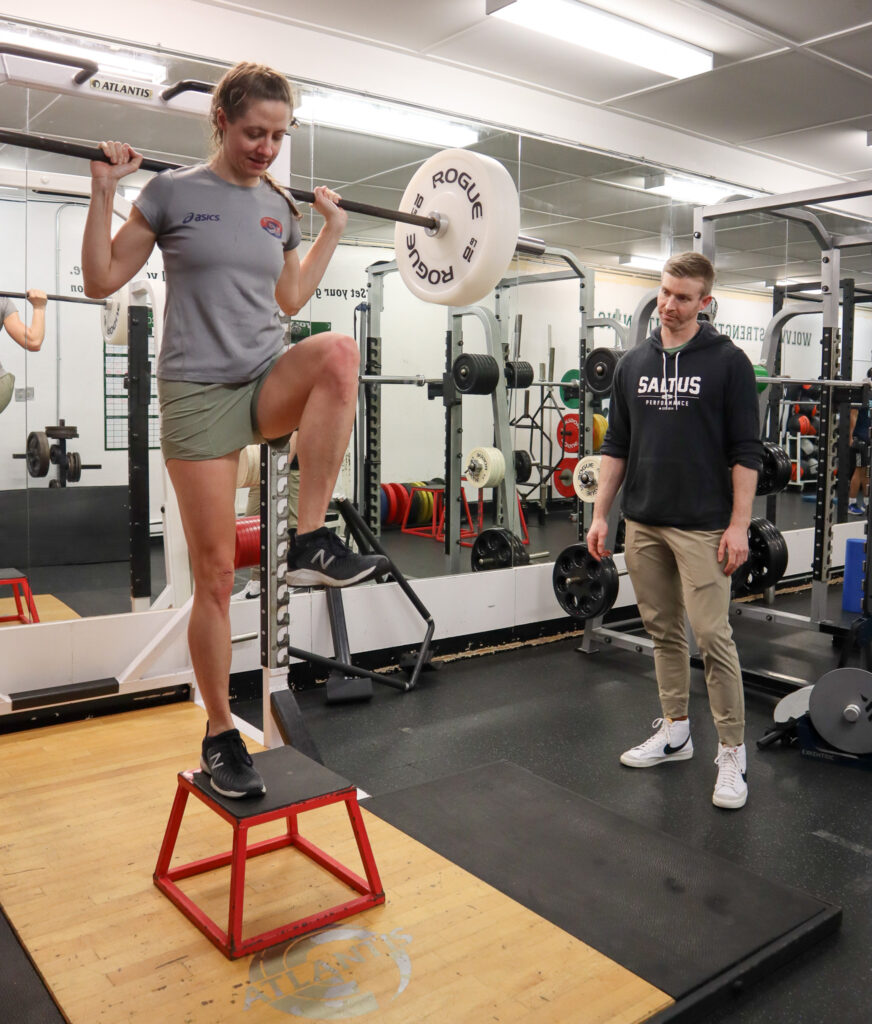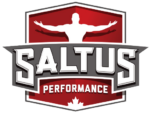
As athletes transition from off-season to preseason to in season and then playoffs and championship games, the intensity, workload and physical and mental demands placed upon their bodies increase. This combined with the stresses of school and homelife can lead to youth athletes struggling to balance their schedule and time.
A key element to the success of an athletes performance is their ability to exceed the physical demands of their sport. For example, hockey requires a high level of ANAEROBIC AND AEROBIC ENDURANCE, linear and multi direction speed and varying amounts of force production like strength and power.
Athletes typically dedicate a large portion of the off-season and preseason to enhance certain adaptations to make a significant impact in their game. And if they work hard, they often receive the fruits of their labour.

But, what normally happens, as soon as an athlete struggles to maintain their schedules, homework piles up and socialising with friends, strength and conditioning is the first piece of the puzzle to get cut. Often parents and athletes think sport practice alone is enough to maintain or help the athlete to continue to improve, when in actual fact in-season team practices are often lower intensity and far less physically demanding compared to preseason, which often leads to drastic de-conditioning.
The human body has a use it or lose it ethos, where if a certain stimulus isn’t placed upon the body, mind or muscle tissue, the body won’t maintain or continue to develop this area. For example, if a person were to learn French, and then goes through a 6 month period of not speaking French, chances are that person won’t be able to speak as well as before. The same applies to strength and an athletes ability to produce force, and just playing their sport is not enough of a stimulus to prevent strength from decreasing and becoming weaker.
The massive decrease in strength and force output has a significant impact on an athletes performance. Often we see Key Performance Indicator’s drop, using Hockey as an example, shot and pass strength and power drop, acceleration down the ice is slower, change of direction slower and an athlete becomes weaker in contact situations. Often when this happens the hockey coach pushes the team through “bag skating” which isn’t going to solve the problem.
Further down the road, as it comes to the business end of the season, athletes want to be peaking and performing at their best. But if there has been any strength or speed stimulus throughout the season, they won’t be able to perform to the same level as the beginning of the season.
The decrease in force outputs not only impacts performance but also injury. More often than not, injuries occur because the body wasn’t able to produce enough force to provide stability around a certain joint. Sticking with the hockey theme, as strength decrease, if an athlete comes into contact on the ice, there is a significant increase in concussion occurring. Research has also shown at the professional level, in season training reduces injury risk significantly, enhances individual playing time within the squad and actually leads to in season performance gains as opposed to pure maintenance.
Check out our next blog to find out what an in-season program should look, what the optimal sets, reps, intensity and recovery periods are.
